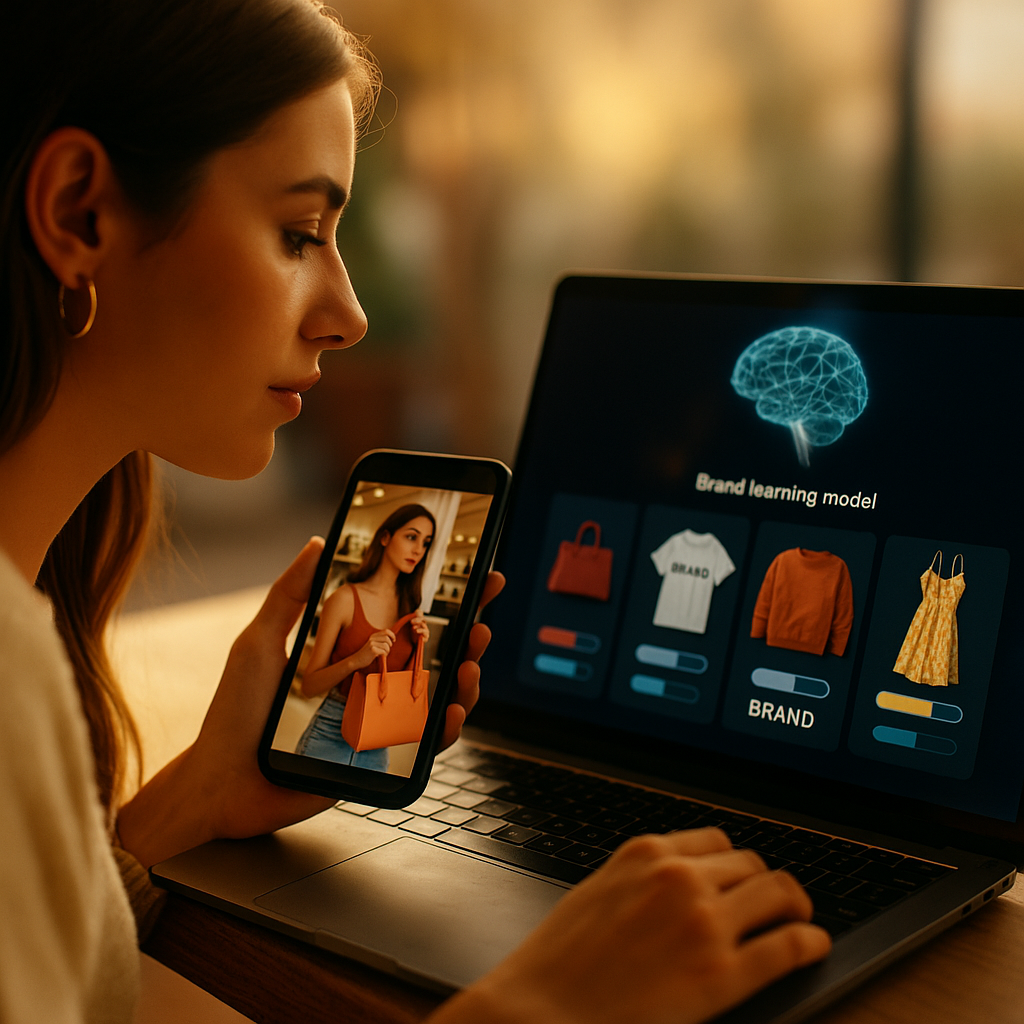Deep learning for influencer-brand fit prediction is transforming how brands collaborate with influencers, blending data-driven analysis with nuanced digital insights. By leveraging advanced AI models, companies can pinpoint the most authentic partnerships, driving engagement and ROI. Curious how these technologies work and why they matter in today’s influencer marketing landscape? Discover the future of optimized influencer partnerships below.
Understanding Influencer-Brand Fit with Deep Learning Algorithms
At its core, influencer-brand fit refers to the synergy between an influencer’s persona and a brand’s identity. Traditionally, marketers relied on manual vetting and surface-level metrics to determine suitable collaborations. Now, deep learning algorithms leverage vast data sets—such as post content, engagement rates, sentiment analysis, and audience demographics—to automatically evaluate compatibility. These AI systems are trained on historical partnership successes, learning what drives audience trust and conversion. As a result, the process becomes more accurate, efficient, and scalable, especially for brands working with hundreds or thousands of potential influencers.
The Technology Behind Predictive Influencer Marketing
Deep learning, a sophisticated subfield of machine learning, excels at pattern recognition in unstructured data sources like social media posts, videos, and images. Modern influencer-brand fit solutions utilize neural networks, natural language processing (NLP), and multimodal analysis to assess:
- Authenticity: Does the influencer’s content consistently align with the brand’s values?
- Audience affinity: Are the influencer’s followers likely to be the brand’s target customers?
- Engagement style: Is their interaction organic or inflated by bots?
- Content relevance: How well do campaign themes integrate with existing posts?
Recent developments, such as transformers and large language models (LLMs), empower marketers to parse sentiment subtleties and context at scale, providing a nuanced view of influencer-brand compatibility. This technology minimizes human bias and enables brands to partner more strategically in a crowded social landscape.
Data Quality and EEAT in Influencer Selection
Deep learning models excel only with high-quality, representative data. Google’s EEAT (Experience, Expertise, Authoritativeness, and Trustworthiness) guidelines highlight the need for credible sources and demonstrable expertise. For accurate influencer-brand fit prediction in 2025, robust data validation strategies are crucial:
- Regularly update influencer profile data to reflect real-time metrics and recent content trends.
- Vet training data for authenticity and remove instances of fake followers or engagement manipulation.
- Incorporate human expertise in model validation, aligning AI outputs with authentic brand values and culture.
These practices ensure predictive models prioritize genuine influencers and trustworthy partnerships, reducing the risk of reputational harm or wasted marketing spend.
Measuring Outcomes and Optimizing Influencer Campaigns
Once implemented, predictive influencer-brand fit models deliver measurable outcomes. Brands benefit from:
- Enhanced engagement: Higher resonance with audiences as partnerships feel more authentic.
- Improved ROI: Better-targeted collaborations lead to higher sales and customer acquisition rates.
- Scalability: Automating match-making enables brands to manage larger, more diverse influencer portfolios.
- Informed iteration: Continuous model learning incorporates feedback from active campaigns, refining future fits.
Leading brands now integrate deep learning insights into the campaign planning and reporting process, creating closed feedback loops for ongoing optimization. Monitoring conversion rates, brand lift, and sentiment shifts allows for data-backed decisions and sustained influence in competitive markets.
Future Trends in AI-Driven Influencer-Brand Partnerships
The landscape for AI-powered influencer-brand fit prediction in 2025 continues to evolve. New frontiers include:
- Hyper-personalization: Tailoring campaigns at the audience-segment level for deeper relevance.
- Real-time analysis: Reacting instantly to shifts in trends or events that may impact partnership fit.
- Multilingual and cross-platform insights: Assessing influencers globally, regardless of language or social network.
- Ethical AI: Ensuring transparency and fairness in automated influencer selection and measurement.
Brands embracing these innovations are set to gain competitive advantages, adapting quickly to audience expectations and emerging digital platforms. The role of skilled marketers will increasingly shift toward strategic oversight and creative collaboration, while deep learning handles the heavy lifting of data-driven matching.
Conclusion: The New Standard in Influencer-Brand Collaboration
Deep learning for influencer-brand fit prediction sets a new benchmark for precision and impact in influencer marketing. By combining advanced AI with data quality and EEAT principles, brands ensure authentic, high-performing partnerships. The intelligent integration of these technologies is shaping the future of digital influence—where success is measurable, scalable, and continually optimized.
FAQs: Deep Learning For Influencer-Brand Fit Prediction
-
How does deep learning improve influencer-brand matching compared to traditional methods?
Deep learning automates compatibility analysis using large-scale, nuanced data, reducing bias and increasing efficiency. It moves beyond follower counts to assess tone, credibility, and real audience demographics.
-
What types of data do AI systems analyze for influencer-fit prediction?
AI models analyze post content, engagement rates, audience demographics, sentiment, platform trends, and historical campaign results. Visual, textual, and contextual data are all integrated for holistic evaluation.
-
Are there risks to using AI for influencer-brand fit?
Risks include reliance on outdated or manipulated data, misalignment with brand values, or ethical concerns with automated selection. Ongoing data validation and human oversight mitigate these challenges.
-
How can brands ensure their deep learning models are effective?
Brands should regularly update datasets, apply EEAT principles, incorporate expert review, and monitor campaign outcomes for continuous model improvement.
-
Will deep learning replace human marketers in influencer campaigns?
No—AI streamlines data-driven tasks but strategic oversight, creativity, and relationship management remain vital human roles.
